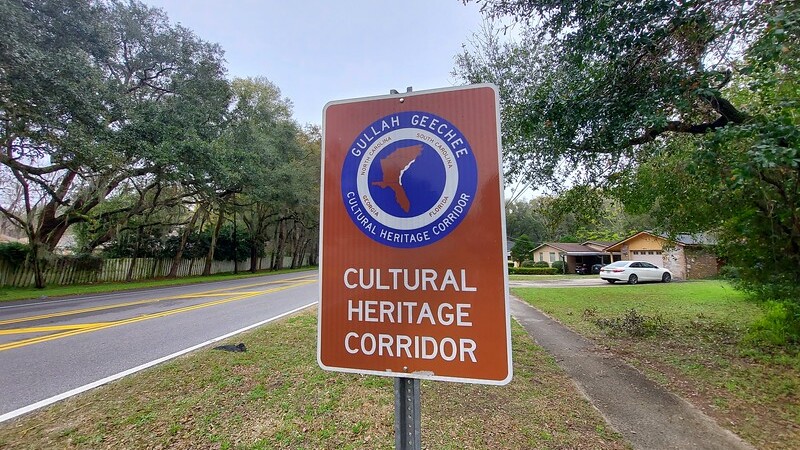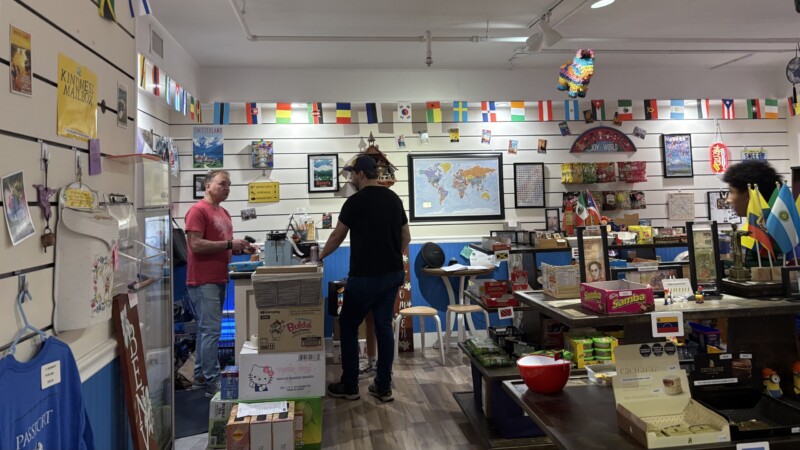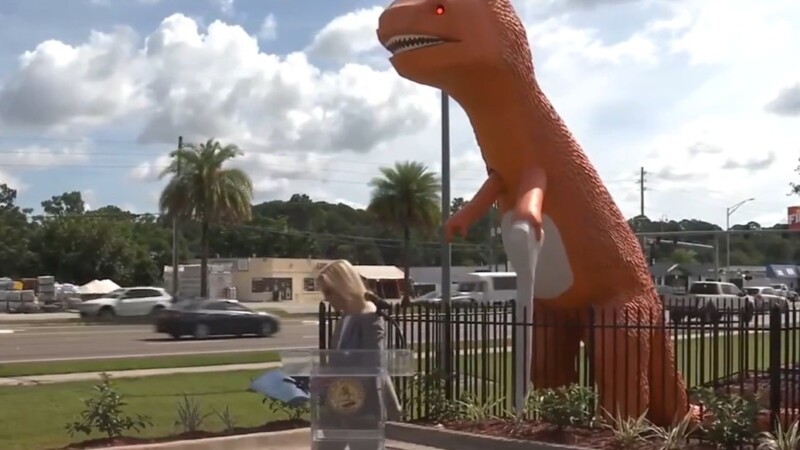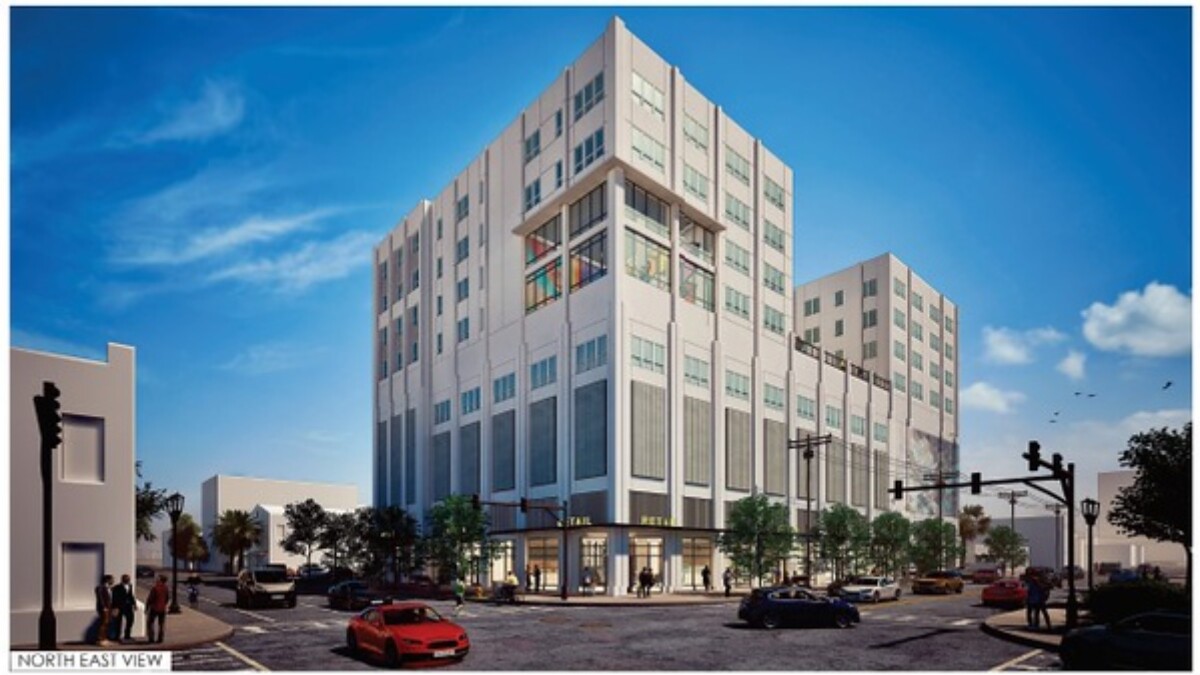
A national heritage area established by the U.S. Congress in 2006, the Gullah Geechee Cultural Heritage Corridor is the only heritage area in the country that’s both a group of people and a landscape. Generally associated with the Sea Islands, rural landscapes and traditions, the corridor and the cultural heritage are also present in the region’s urban centers. In honor of Black History Month, here is a brief look at the Gullah Geechee Cultural Heritage Corridor’s five largest metropolitan areas and their core cities.
What is the Gullah Geechee Cultural Heritage Corridor?
According to the Gullah Geechee Cultural Heritage Corridor Commission, “the Gullah Geechee Cultural Heritage Corridor is a national heritage area created by the U.S. Congress in 2006. A national heritage area demarcates a nationally distinctive landscape shaped by natural, cultural, historical, and recreational resources. A heritage area tells a nationally important story through its geography, its natural and cultural resources, and the traditions that have evolved within the landscape. Congress has created 55 national heritage areas in the United States, but only the Gullah Geechee Cultural Heritage Corridor has a group of people and a landscape as its subject.”
Historically associated with the Atlantic coastal region that stretches from Wilmington, North Carolina, to St. Augustine, Florida, the Gullah Geechee are descendants of Central and West African ancestors, many of whom arrived in America through the transatlantic slave trade. The mixing of these diverse African peoples over time created the unique Creole Gullah Geechee culture, which has retained many African cultural expressions that can be experienced in the Gullah Geechee Cultural Heritage Corridor’s religious institutions, arts and crafts, architecture, music and food. Although focus has largely been on certain aspects of the culture, such as its rice growing, sweetgrass baskets and other rural traditions, the Gullah Geechee culture is much more and is also deeply ingrained in the region’s population centers. Here is a brief look into the Gullah Geechee Cultural Heritage Corridor’s five largest metropolitan areas.
5. Myrtle Beach–Conway–North Myrtle Beach, S.C.
2022 Census Population Estimate: 383,101
Largest city’s population: Myrtle Beach – 38,417 (2022 Census Estimate)

Located in Horry County, South Carolina, Myrtle Beach is a city in the center of a long and continuous 60-mile stretch of Atlantic oceanfront known as the Grand Strand. While the city has a year-round population of 38,417, the metropolitan area attracts over 20 million visitors annually. A major resort area, Myrtle Beach is one of the most visited destinations in the country.
Home to historic Atlantic Beach, also known as the Black Pearl, unlike the other Gullah Geechee Cultural Heritage Corridor metropolitan areas on this list, surrounded by the Waccamaw River and Atlantic Ocean, the Grand Strand remained isolated and rural through the mid-20th century. In fact, this author’s maternal ancestors were enslaved in this area and played an important role as the labor force that built the Intracoastal Waterway and Horry County’s oldest town and county seat, Conway.
Today, the Myrtle Beach metropolitan area is one of the fastest-growing in the country, increasing nearly 28% in population over the previous eight years.



4. Savannah, Georgia
2022 Census population estimate: 418,373
Largest city’s population: Savannah – 148,004 (2022 Census estimate)

Founded on the Savannah River in 1733, Savannah is the oldest city in Georgia and the state’s first capital. Known for its picturesque squares and a large vibrant historic district that attracts close to 15 million visitors annually, the city was a strategic port during the American Revolution and American Civil War. Prior to the Civil War, Savannah was a major transatlantic slave trade center, with merchants and planters importing a significant number of enslaved Africans from St. James and Goree Island and Sierra Leone. Although surpassed in population by other Southern cities during the early 20th century, Savannah continued to grow as a port and industrial center. The city’s population peaked at 149,245 in 1960 and dipped to 118,349 by 1970. Now a popular destination due to its wealth, architecture and history built off the back of slavery, Savannah’s population rebounded to an estimated 148,004 in 2022. Despite significant gentrification, historic African American neighborhoods, including the city’s Westside and Eastside, remain important centers of Gullah Geechee history, heritage and culture.



3. Wilmington, N.C.
2022 Census population estimate: 453,722
Largest city’s population: Wilmington – 120,324 (2022 Census estimate)

Named for Spencer Compton, First Earl of Wilmington, Wilmington was incorporated on February 20, 1739, and grew to become an important port that played a critical role in the years leading up to the American Revolution. After the Civil War, Wilmington became prosperous as a majority-Black and racially integrated city. However, in 1898, white supremacists successfully overthrew the city’s government. This event, the Wilmington Insurrection of 1898, is also known as the Wilmington Race Riot. Following the insurrection, Charlotte surpassed Wilmington as the largest city in North Carolina.
Following the opening of the final extension of Interstate 40 in 1990, Wilmington has become a rapidly growing city and is now the second-fastest-growing large metropolitan area in the Gullah Geechee Cultural Heritage Corridor. Today, Wilmington is home to nearly 120,000 residents and in recent years, its 1.75-mile Downtown riverfront was ranked as the Best American Riverfront by readers of USA Today.


2. Charleston–North Charleston, S.C.
2022 Census population estimate: 839,529
Largest city’s population: Charleston – 153,672 (2022 Census estimate)

Historically, Charleston has been the largest city most associated with the Gullah Geechee culture. Named in honor of King Charles II, Charleston was established in 1670. The city’s historic significance is tied to its role as a major slave trading port. It has been said that of the estimated 400,000 captive Africans transported into the country to be sold into slavery, nearly one-half arrived in Charleston. As a result, by the mid-18th century, Charleston had become the hub of the Atlantic slave trade and the fourth largest city in the colonies behind New York, Philadelphia, and Boston. With the large number of plantations surrounding the city, its plantation-based economy made it the wealthiest city of the 13 colonies. As late as 1840, Charleston was the 10th-largest city in the country and second-largest in the South behind New Orleans.
Charleston’s Gullah Geechee population grew from 17,000 in 1860 to more than 27,000 in 1880 as formerly enslaved from surrounding lowcountry plantations flocked to the city after the Civil War. However, the loss of free African labor devastated the city’s wealth after the Civil War, and its economy languished through much of the 20th century. Its struggling economy assisted in the preservation of pre-Civil War building stock during major growth periods of the 20th century where many growing cities took advantage of urban renewal strategies and new development opportunities to raze and replace significant portions of their old building stock. Today, Charleston’s largely preserved historic districts bring in more than 7 million tourists a year, according to the College of Charleston Office of Tourism. Widely known for successful urban revitalization since the 1980s and 1990s, ongoing gentrification is a major challenge to Charleston’s historic Gullah Geechee neighborhoods.


1. Jacksonville, Florida
2022 Census population estimate: 1,675,668
Largest city’s population: Jacksonville – 971,319 (2022 Census estimate)

While the corridor’s older urban centers like Charleston, Savannah and Wilmington are commonly associated with their colonial and antebellum prominence, Jacksonville is representative of a Gullah Geechee Cultural Heritage Corridor city that economically benefited from the Confederacy’s loss to the Union. Dating back to 1822, Jacksonville played a secondary role to its neighbor St. Augustine prior to the Civil War.
Established in 1565 by the Spanish, St. Augustine is the oldest continuously inhabited European-established settlement in the contiguous U.S. As early as 1738, it was also home to Fort Mose, the first legally sanctioned Black settlement in what would become the U.S. St. Augustine’s prominence declined following the end of the Second Seminole War in 1842, as the St. Johns River emerged as a major Northeast Florida economic engine.
As a river port, Jacksonville became a city where enslaved laborers were loggers, turpentiners, pilots, stevedores, carpenters, masons, and mill hands. It was also a place where agricultural products cultivated at surrounding plantations were shipped to market. Its population grew from 450 in 1842 to more than 2,100, surpassing St. Augustine by 1860.
After the Civil War, Jacksonville emerged as a major regional railroad center and Gilded Era tourist destination. Rapidly increasing in population, the city surpassed Wilmington around 1895 and both Savannah and Charleston in the early 20th century. By 1915, it had become the largest city in the region now recognized as the Gullah Geechee Cultural Heritage Corridor.
For Gullah Geechee descendants in Florida, Georgia and South Carolina, it was known as the “Magic City” during an era when its population increased from 28,429 in 1900 to 129,549 by 1930. As of July 2022, Jacksonville’s population had increased to 971,319. While one will be hard pressed to find certain cultural aspects like sweetgrass baskets in the city, the Gullah Geechee influence is still a dominant part of Jacksonville’s landscape, culture, cuisine, music, architecture, and religious organizations.










